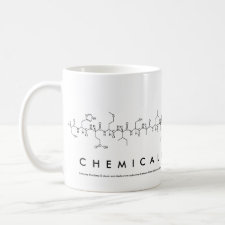
Authors: Saini SS, Kaur A
Article Title: Molecularly Imprinted Polymers for the Detection of Food Toxins: A Minireview.
Publication date: 2013
Journal: Advances in Nanoparticles
Volume: 2
Issue: (1)
Page numbers: 60-65.
DOI: 10.4236/anp.2013.21011
Alternative URL: http://www.scirp.org/journal/anp
Abstract: Food contamination from natural or anthropogenic sources poses severe risks to human health. It is now largely ac-cepted that continuous exposure to low doses of food Toxins such as mycotoxins, phycotoxins can be related to several chronic diseases, including some type of cancer and serious hormonal dysfunctions. Contemporary analytical methods have the sensitivity required for contamination detection and quantification, but direct application of these methods on real samples can be rarely performed because of matrix complexity. Thus, selective analytical methods, relying on in- telligent functional materials are needed. Recent years have seen the increasing use of molecular imprinted polymers in contaminant analysis in food because these materials seem to be particularly suitable for applications where analyte selectivity is essential. It offers several advantages to the agrofood industry in areas such as analysis, sensoring, extrac- tion, or preconcentration of components. It has the potential of becoming a tool for acquiring truly simple, rapid, and robust direct measurements.
Template and target information: Review - MIPs for food toxin analysis
Author keywords: AFB1, AFB2, AFM1, WHO, EPA, SPE, HPLC



Join the Society for Molecular Imprinting

New items RSS feed
Sign-up for e-mail updates:
Choose between receiving an occasional newsletter or more frequent e-mail alerts.
Click here to go to the sign-up page.
Is your name elemental or peptidic? Enter your name and find out by clicking either of the buttons below!
Other products you may like:
 MIPdatabase
MIPdatabase









